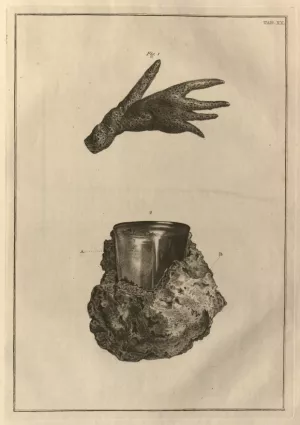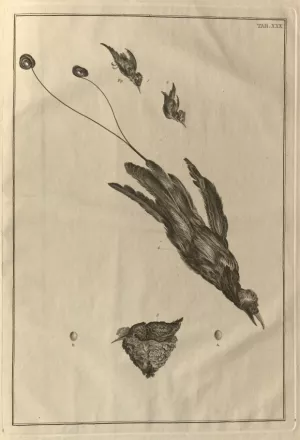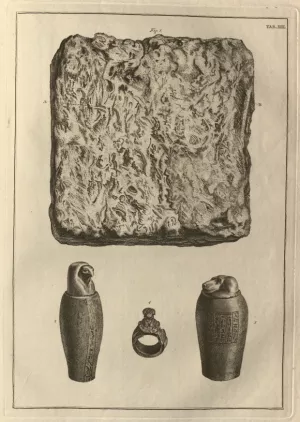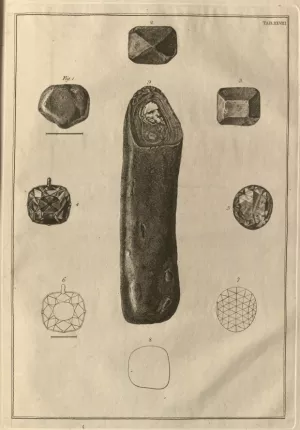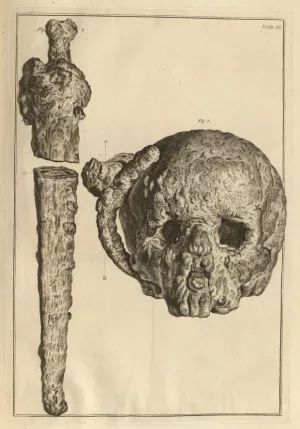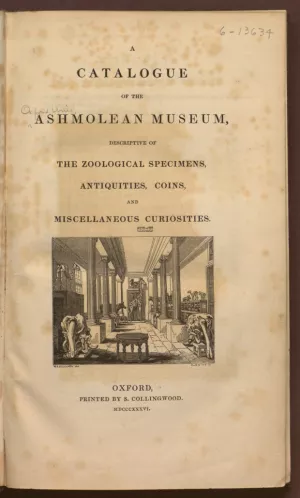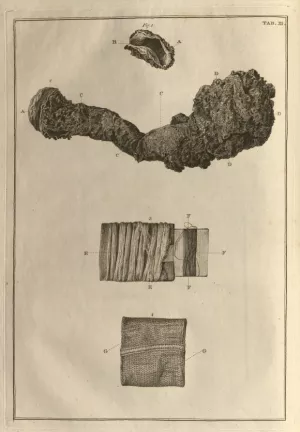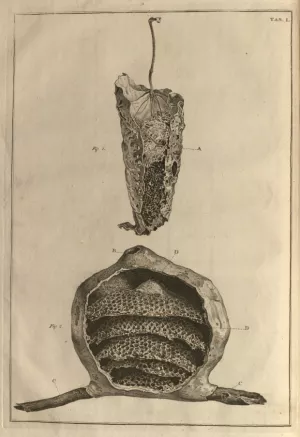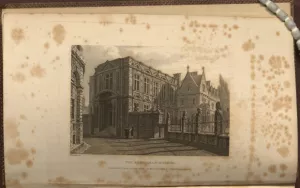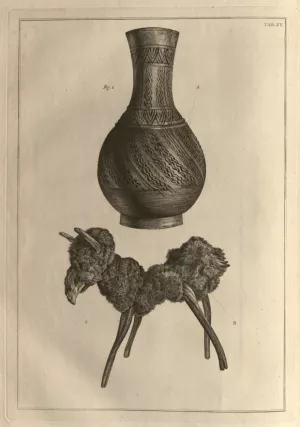Through images culled from two Romantic-era guidebooks, this gallery examines two early public museums in England: the Ashmolean Museum at the University of Oxford and the British Museum in London. Although both museums underwent major reorganizations and redistributions in the latter part of the nineteenth century, their foundational collections emerged from the diverse and curious tradition of Wunderkammern, or “wonder cabinets.” The gallery looks into the revised second edition of John and Andrew Van Rymsdyk’s Museum Britannicum, published in 1791, and Philip Bury Duncan’s A Catalogue of the Ashmolean Museum, published in 1836, as visualizations of what Susan Stewart calls “the narrative of the collection” (see On Longing; Durham: Duke UP, 2003; 156). The narrative of these museums that emerges from the visual culture of this transitional period—from private to public collections, expansiveness to order—is fraught with anxiety, fragmentation, questionable authenticity, and classificatory puzzles that seem to defy the boundaries of plant and animal, natural and artificial. These images show that the museum, too, could inspire a sense of wonder—and not just through the striking and idiosyncratic contents of its cabinets, but also through the novel experience of museum-going.

